Complete Buyer’s Guide to PIT Tags: Choosing the Right Tag Size, Material, and Read Range
When it comes to fish tracking, the right technology does more than just collect data. It can make or break your monitoring and conservation goals.
Among the tools available to fisheries professionals, PIT tags stand out for their long lifespan, accuracy, and minimal impact on the fish.
However, picking the right tag isn’t as straightforward as it might seem. Factors like size, material, and read range all play a big role in how well your tracking system performs. This guide breaks down that process, helping you make an informed, field-ready decision.
Choosing the Right Tag Size
Why Size Matters
The tag’s size determines how well it fits inside the fish and how easily it can be detected. A tag that’s too large may stress or injure small fish, while a tag that’s too small might have a limited read range.
Size Recommendations
- Small Tags (8–10 mm): Best for juvenile or small-bodied fish.
- Medium Tags (12 mm): The most commonly used size; fits most fish species comfortably.
- Large Tags (20–23 mm): Suitable for larger fish where a longer detection range is needed.
Quick Tips
- Always ensure the tag weighs less than 2% of the fish’s body mass.
- Implantation should not hinder natural swimming or feeding behavior.
- Use an injector compatible with the tag size to reduce handling stress.
Selecting the Right Tag Material
Material Options
Most high-quality PIT tags are made of biocompatible glass or durable polymer. Each material has its strengths depending on where and how you’re tagging.
- Glass Encapsulation: Provides excellent biocompatibility and long-term durability inside the fish.
- Polymer or Resin Coating: Offers more flexibility and shock resistance during handling.
Factors to Consider
- Water Conditions: Glass performs better in harsh or variable aquatic environments.
- Handling Conditions: If field conditions are rough, consider reinforced coatings.
- Longevity: For multi-year studies, choose glass-encased tags with proven field reliability.
When paired with the right injector and sterilization tools, which are key parts of your tagging equipment essentials, these materials ensure fish safety and strong data accuracy.
Understanding Read Range
What Read Range Means
Read range is the distance between the tag and the reader at which the tag can be successfully detected. It’s the heart of every monitoring setup.
Factors That Affect Read Range
- Tag Size: Larger tags generally have better read range.
- Reader Power & Antenna Design: Stronger readers and properly tuned antennas improve detection.
- Water Environment: Salinity, depth, and movement can influence signal strength.
Practical Guidance
- Use smaller tags in confined environments like tanks.
- Opt for larger tags when detection needs to happen over broader river sections.
- Always test the read range in your specific water conditions before large-scale tagging.
Matching PIT Tags with Your Monitoring Goals
Your PIT tags should match the purpose of your study and the species you’re tracking. Here’s a simple guide:
- Short-term movement tracking: Use small or medium tags. They are ideal for hatcheries or enclosed tanks.
- Long-term migration studies: Medium or large tags work best in rivers or open water environments.
- Juvenile monitoring: Choose small tags for young fish in nursery habitats to minimize stress.
- Population studies: Medium tags are suitable for lakes and streams, balancing accuracy and comfort.
Selecting PIT tags this way ensures better data accuracy, cost-efficiency, and less wasted effort in the field.
Types of PIT Tags: HDX vs. FDX
There are two main PIT tag types used in fisheries: HDX (half duplex) and FDX (full duplex). Each is designed for a different research setup.
HDX PIT tags store energy in a capacitor and transmit a stronger signal, allowing for longer-range detection. They’re ideal for wide river systems or remote sites powered by solar energy, where covering a larger detection area is more important than rapid scanning.
FDX PIT tags, on the other hand, can send and receive signals simultaneously, providing fast and reliable readings. They work best in controlled environments such as fish ladders or hatchery raceways.
Compatibility between your PIT tags and reading equipment is essential. Never mix HDX tags with FDX-only readers, and vice versa.
Practical Tips for Better Tag Performance
Before Tagging
- Test each tag’s readability before implantation.
- Use sterilized injectors to avoid contamination.
- Handle fish gently to minimize stress.
During Deployment
- Ensure proper tag placement based on species anatomy.
- Keep antenna arrays positioned strategically to prevent missed detections.
- Avoid overlapping frequencies or signal interference.
After Tagging
- Monitor tag retention rates and adjust procedures if tags are lost.
- Record environmental variables alongside detections for more reliable data interpretation.
Balancing Cost, Performance, and Data Quality
While it’s tempting to go for the cheapest option, PIT tags should be viewed as an investment. The right tag minimizes re-tagging costs, reduces mortality risk, and increases detection reliability.
Always balance tag cost per unit against expected data yield, durability against field conditions, and detection distance against antenna system capability.
Choosing smartly ensures sustainable research outcomes and accurate long-term insights.
Common Mistakes to Avoid
Even experienced tagging teams make avoidable errors. Here are a few to steer clear of:
- Using oversized tags on small fish.
- Ignoring pre-field read tests.
- Skipping sterilization between tagging sessions.
- Using incompatible tag-reader combinations.
- Overcrowding antennas or overlapping read zones.
Each mistake can compromise your project’s accuracy, so a careful setup saves time and effort later.
Final Thoughts
Selecting the right PIT tags is a balance of biology, technology, and practicality. The best tag is one that aligns with your fish size, study goals, and environmental setup, ensuring accurate detections and ethical research.
Remember, a tag is only as good as the equipment and process behind it. Pairing the right tag with your tagging equipment essentials gives you reliable, long-term monitoring success.
Ready to upgrade your fisheries monitoring system?
At VodaIQ, we provide precision-engineered PIT tags designed for durability, accuracy, and effortless integration into your field setup. Whether you’re tagging small species or managing a full-scale migration study, our solutions ensure smooth operation from tag to data.
Let’s make your next tagging project smarter and stronger with VodaIQ.

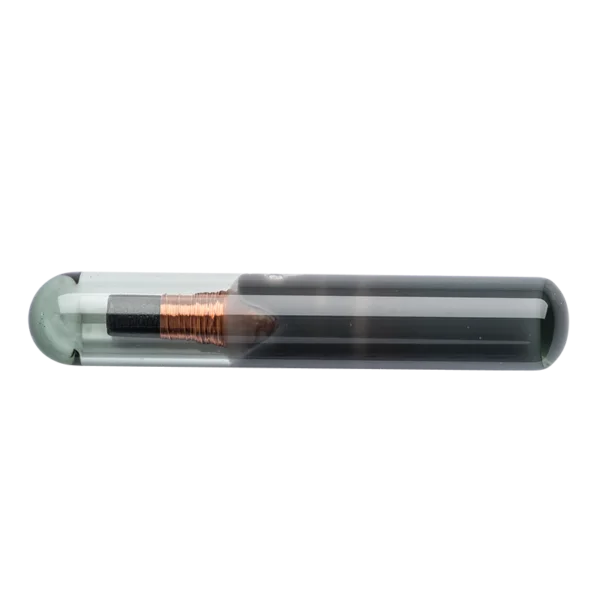
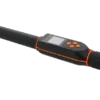
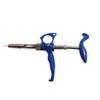
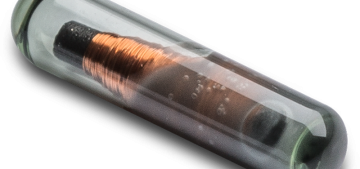
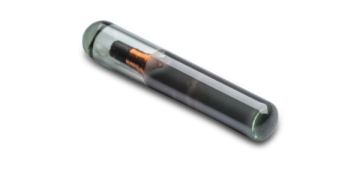
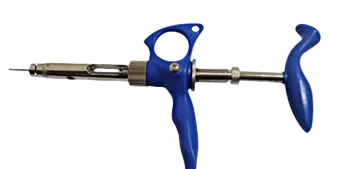

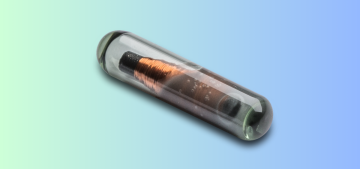
Add comment